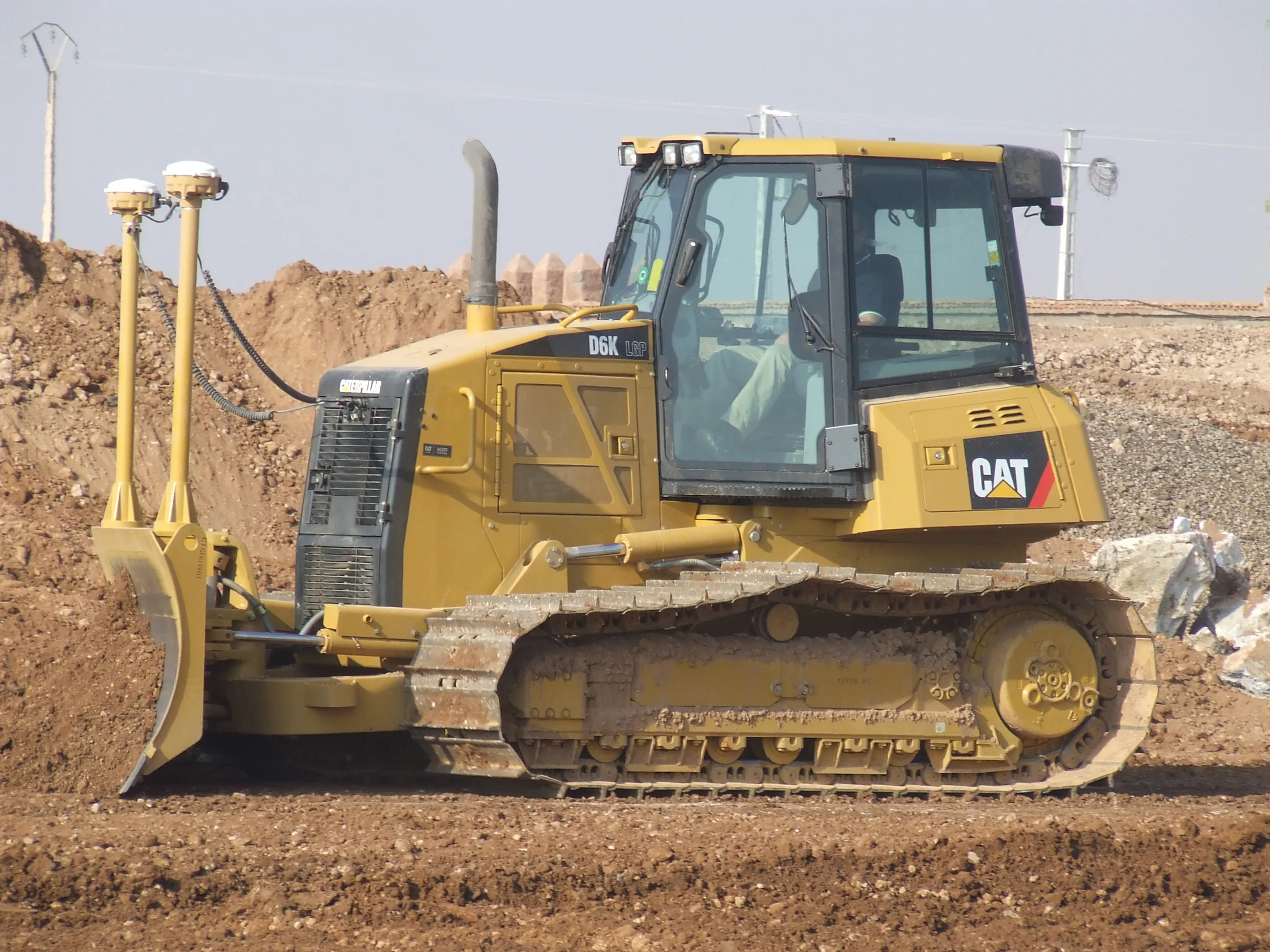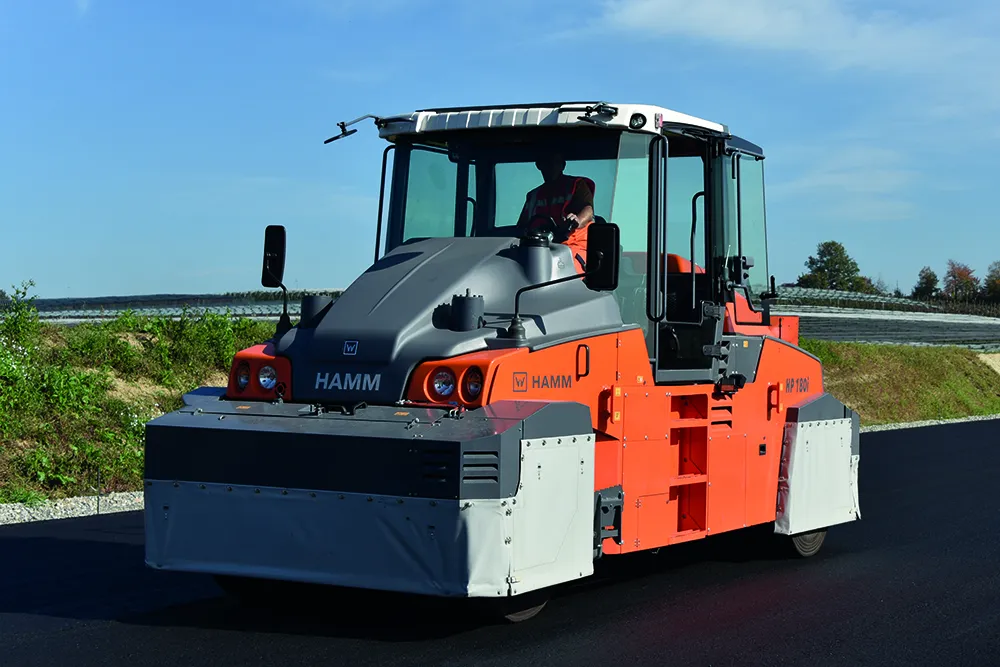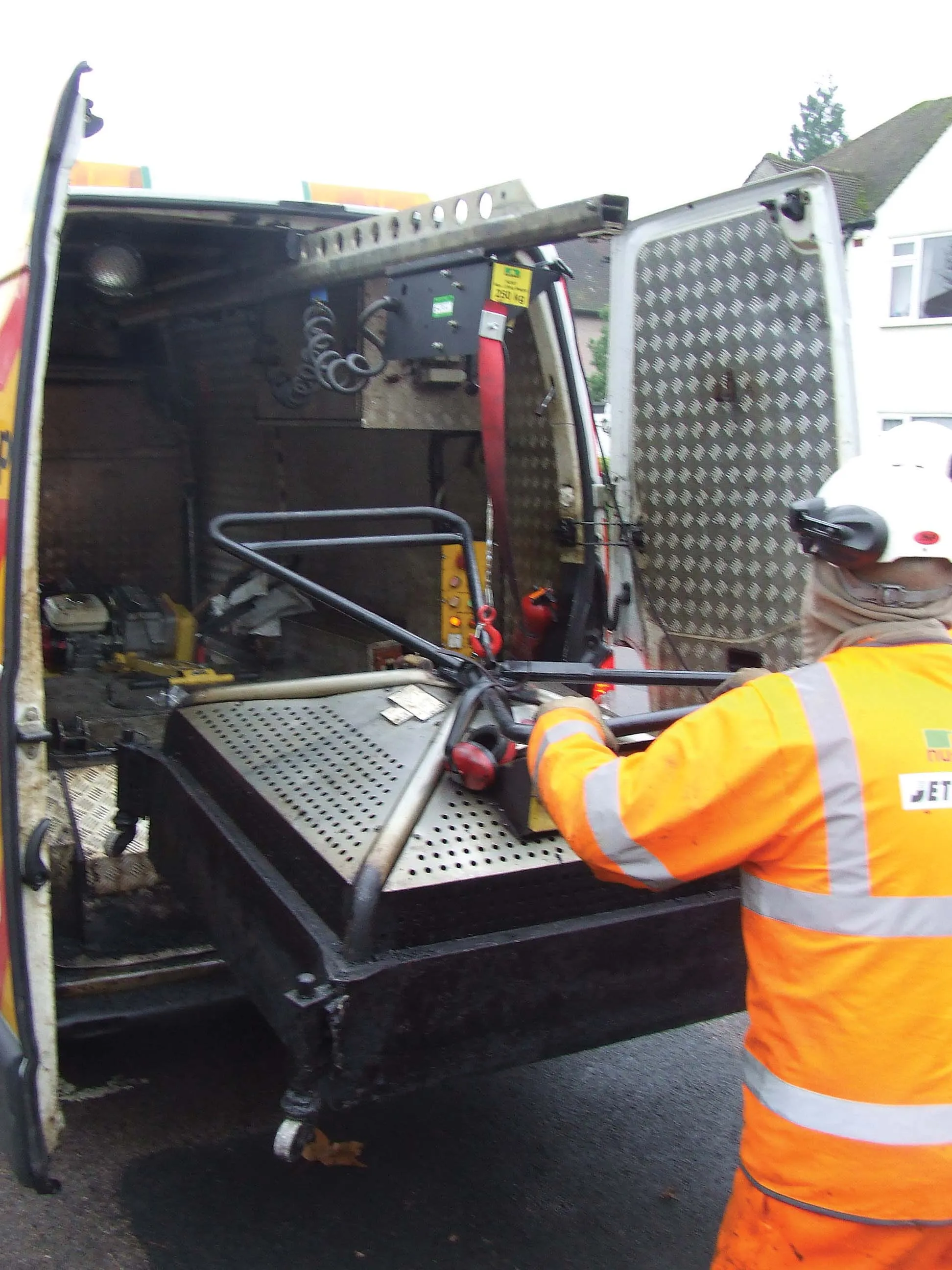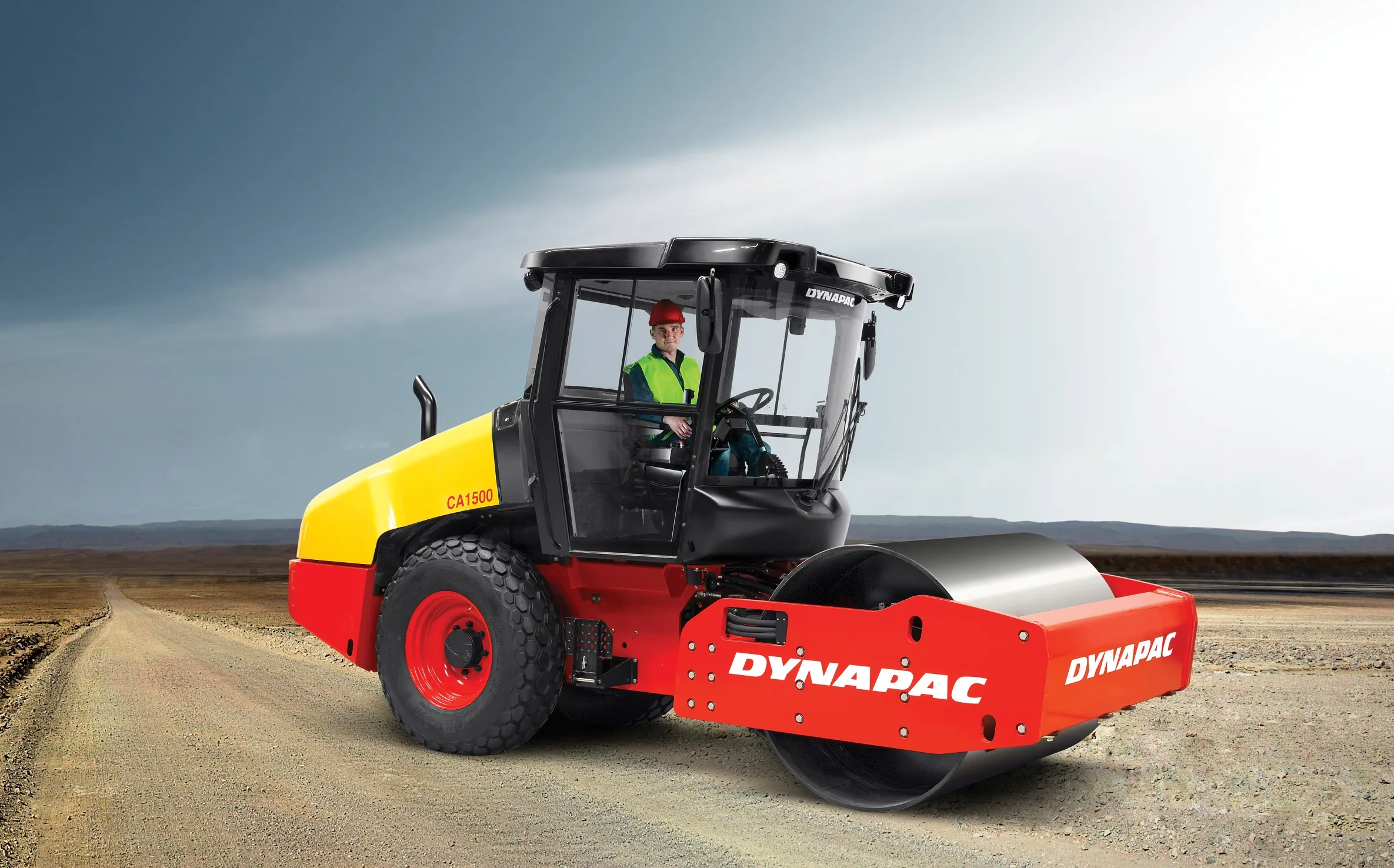Fayat says that its new Multispray and Duospray systems offer effective technologies for spreading surface dressing. The Multispray system is a multi-purpose spraybar that can be fitted to spreaders and used for spraying binders and additives. The spraybar features two rows of jets, which allows the user to choose two different spread rates across the width of the roadway. This means that the carriageway and hard shoulder can be coated with different mixes, eliminating bleeding of surface dressing materials
January 6, 2017
Read time: 2 mins
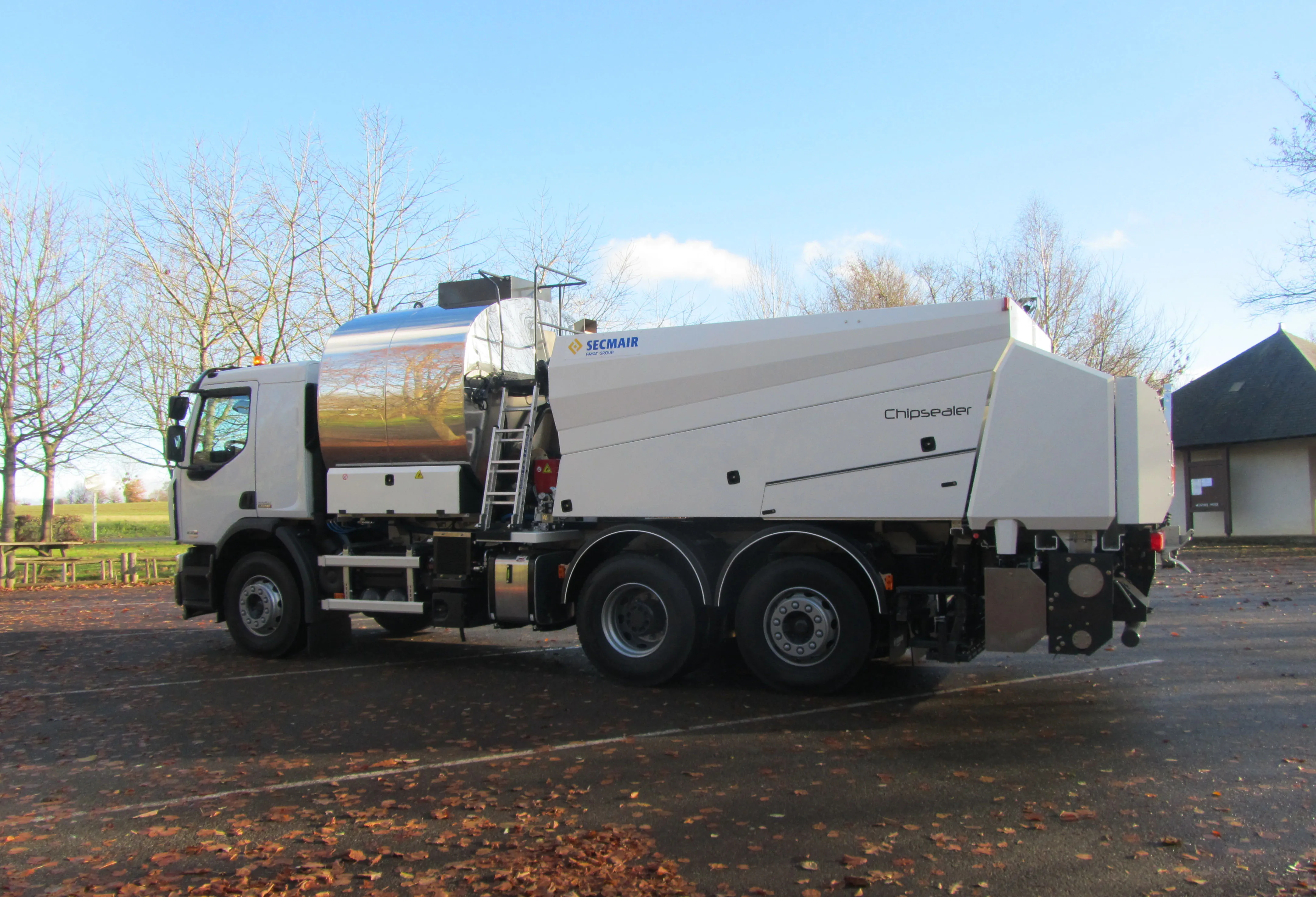
The Duospray system can be fitted to spreaders and used to distribute an even layer across the entire width of a patch. When patching with a conventional spraybar, there is no guarantee that the edges will be sufficiently covered to retain the chippings according to the firm. But the firm says that the Duospray delivers an enriched jet on both sides of the patch, ensuring effective transverse distribution across the whole width.
In addition, the company now has the sophisticated Novasystem, which offers computer control for more precise operation. The package allows the operator to regulate the different components of a formula, and also ensures better traceability. It features intuitive software that is easy to use and comes with sensors to monitor air and ground temperatures, as well as a GPS system to log positioning accurately onsite. The system is said to help optimise both logistics and productivity, by allowing the user to better configure the equipment to the working application.


